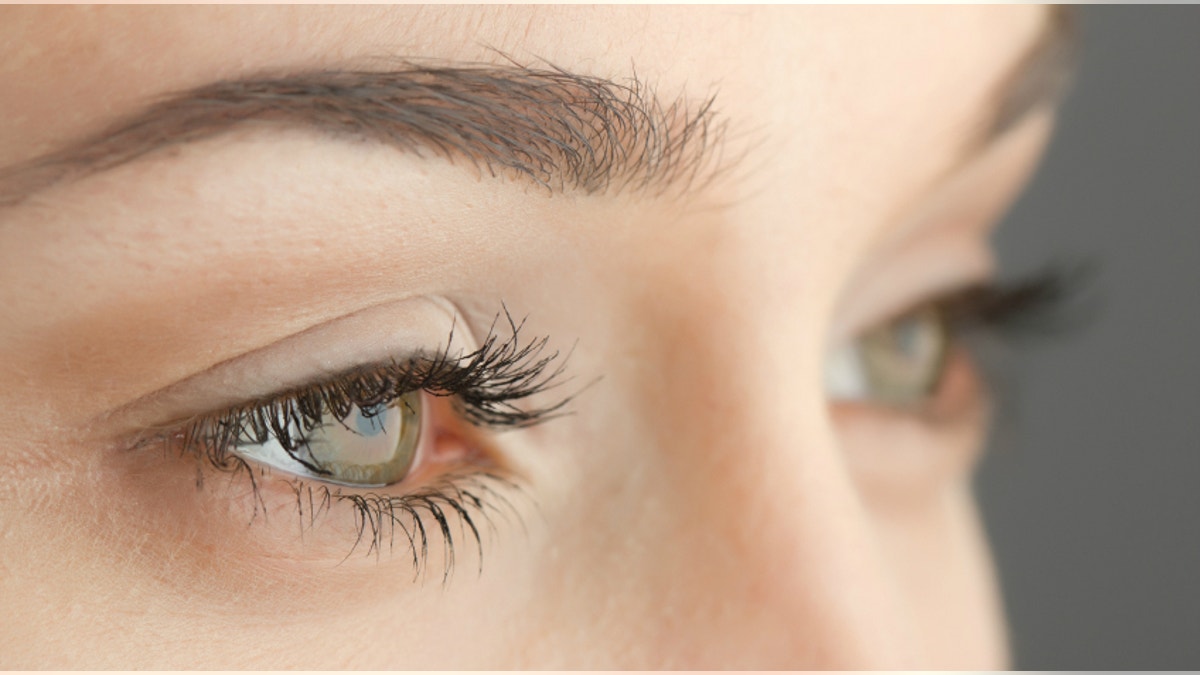
Corneal disease causes nearly 10 percent of blindness cases worldwide, and the condition is typically treated with donor corneas. But researchers at the University of Pittsburgh have discovered that stem cells from the dental pulp of wisdom teeth can be manipulated to form cells of the eye’s cornea— a finding that may provide an easier procedure to repair corneal scarring.
In the study, published Monday in the journal STEM CELLS Translational Medicine, ophthalmologists turned dental pulp from a routine third molar, or wisdom tooth, into corneal stromal cells called keratocytes, which have the same embryonic origin.
According to a news release, study authors injected the altered keratocytes into the corneas of healthy mice. Researchers also took the cells and created constructs of corneal stroma akin to natural tissue. Previous studies have found that dental pulp stem cells can be reused for neural, bone and other cells, which suggests they have potential for regenerative therapies, lead author Fatima Syed-Picard, an ophthalmology professor at the University of Pittsburgh, said in the news release.
Next, researchers plan to study whether the method can fix corneal scarring in animals.
Senior investigator James Funderburgh, also an ophthalmology professor at the University of Pittsburgh, noted that shortages of donor corneas or potential rejections of donor tissues sometimes occur, and those problems can result in permanent vision loss.
"Our work is promising,” Funderburgh said, “because using the patient's own cells for treatment could help us avoid these problems."
